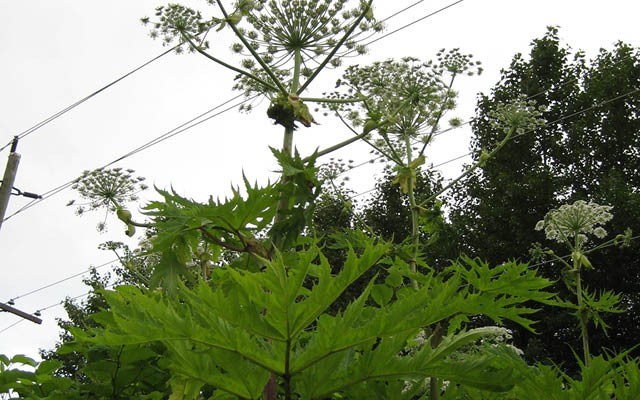A new bylaw considered by council is being hailed by the corridor's environmental community, and will give the municipality much-needed enforcement tools to further environmental protection efforts in Whistler.
The environmental protection bylaw, the first phase of which received third reading at Tuesday's council meeting on Feb. 18, gives the RMOW a comprehensive tool to protect sensitive ecosystems, manage invasive species, enforce environmental guidelines set out in Whistler's Official Community Plan (OCP) and simplifies the existing tree-cutting permit process.
"I think it's a step in the right direction," said Dave Williamson, principal consultant at Cascade Environmental. The municipality consulted with Cascade in the development of the bylaw. "There's been sort of a gap on the enforcement side for a number of years that everyone's been aware of and the hope is this will move in the direction to address that."
The first phase of the bylaw was introduced in January, and identifies designated trees in managed areas that will require permits for cutting as well as outlining measures for the protection of streams and waterways.
Once the bylaw is approved, tree cutting permits will be required for cutting or damaging trees located within 20 metres of highway right-of-way; designated heritage trees or trees designated by a tree protection covenant. The proposed fine for cutting trees without a permit is $1,000. Mayor Nancy Wilhelm-Morden said municipal staff would start the planning process soon to identify heritage trees in the community.
The regulation will also prohibit the discharge or leakage of pollution, and the obstruction or impediment to water flow in streams or drainage works, with a proposed fine of $250.
Under the RMOW's current regulations, the municipality lacked the enforcement tools necessary — other than typically costly and time-consuming court injunctions — to seek compliance on a range of environmental protection issues.
"I was surprised that we did have this gap in our regulatory authority and specifically to allow us to enforce environmental protection, so that's what this bylaw does," Wilhelm-Morden said.
The second phase of the bylaw will be rolled out to the community in March before council consideration in May, and allows for the enforcement of development permit conditions aimed at protecting the natural environment.
It will apply to environmental conditions put in place for wetlands, riparian areas and other sensitive ecosystems as defined in Whistler's most recent OCP. The municipality will conduct site visits to provide information, and can now issue fines to developers if compliance is not achieved.
"When the OCP came in (the RMOW) put in new regulations in terms of wetland areas, riparian areas and other sensitive ecosystems, so when you look at the mapping it does increase the areas that they can have more control over," said Claire Ruddy, executive director of the Association for Whistler Area Residents for the Environment.
The final phase of the bylaw will also give the RMOW the ability to more effectively manage invasive plant species in the community. Municipal officials will work closely with the Sea to Sky Invasive Species Council to educate the public on the dangers of these plants and will for the first time have the option to issue $250 fines to property owners who have not complied with requests to remove identified invasives.
"It's one of the first (bylaws) in B.C. to have enough teeth to actually provide an incentive to do something about invasive species on their land," said the Sea to Sky Invasive Species Council executive director Clare O'Brien.
The list of identified invasive species, which currently includes harmful plants like Japanese knotweed and giant hogweed, will evolve based on threats identified at different times, O'Brien said, who praised the bylaw's flexibility in application.
"With invasive species, those priorities change over time depending on different threats and pressures, so to be able to have that as an ever-changing and fluid list, it makes it a really meaningful bylaw," she said.
Visit www.ssisc.info/blog for a full list of identified invasive plant species, and advice on how to manage them.




